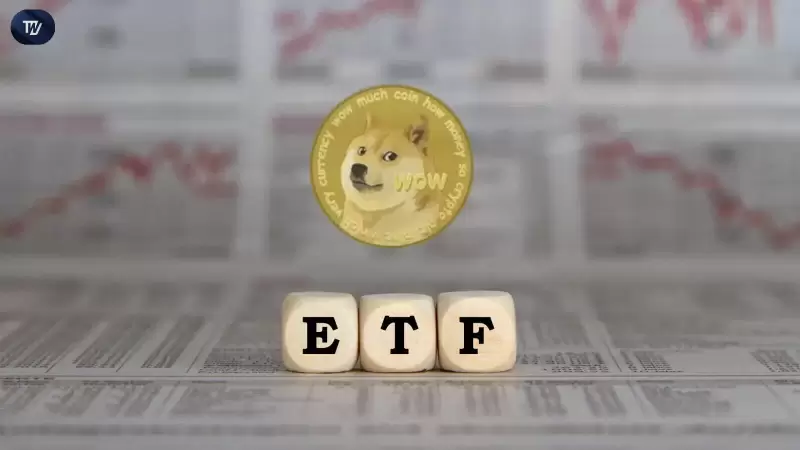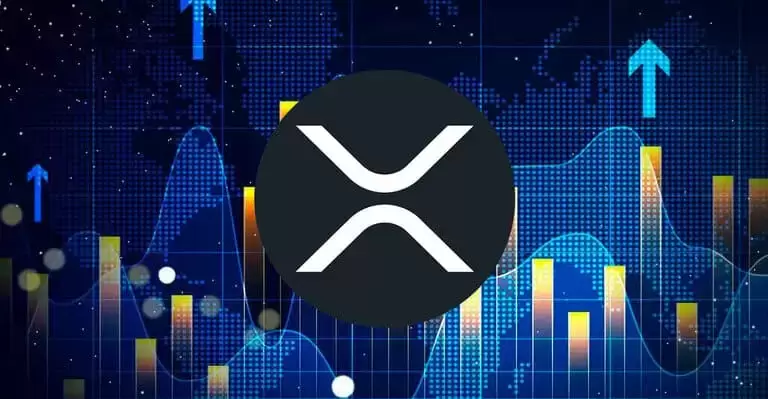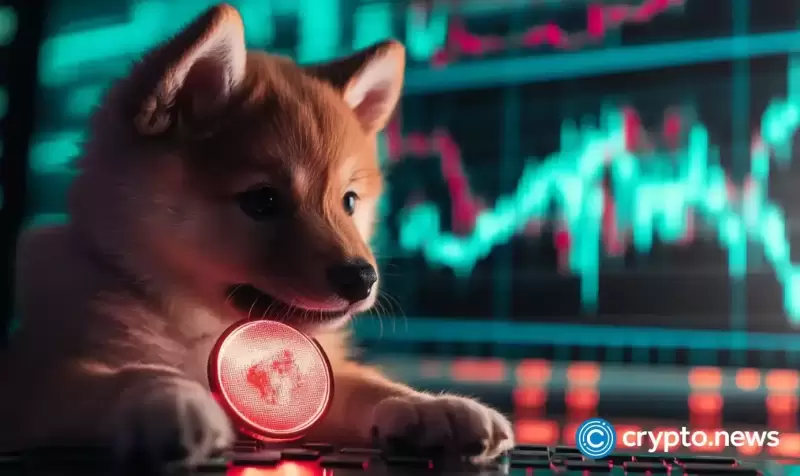 |
|
 |
|
 |
|
 |
|
 |
|
 |
|
 |
|
 |
|
 |
|
 |
|
 |
|
 |
|
 |
|
 |
|
 |
|
Cryptocurrency News Articles
Bitget CEO Gracy Chen Condemns Hyperliquid's Handling of the JELLY Token Incident
Mar 27, 2025 at 08:39 pm
Bitget's CEO, Gracy Chen, has condemned Hyperliquid for how it addressed concerns over a suspicious event involving the JELLY token.

Bitget CEO Gracy Chen has criticized Hyperliquid for its response to concerns over a suspicious event involving the JELLY token, which has led to suspicions about the blockchain network’s over-centralization.
After discovering “evidence of suspicious market activity,” Hyperliquid delisted the JELLY token perpetual futures and began refunding users on March 26.
However, only a limited number of validators participated in the decision, which sparked further concerns over Hyperliquid’s level of decentralization.
In a statement, Chen slammed Hyperliquid’s actions, warning that the network could become “FTX 2.0.”
“Despite presenting itself as an innovative decentralized exchange with a bold vision, Hyperliquid is acting more like an offshore [centralized exchange],” Chen said.
“Hyperliquid may be on track to become FTX 2.0.”
Sam Bankman-Fried founded the cryptocurrency exchange FTX, which collapsed unexpectedly in 2022. A U.S. court later found him guilty of fraud sentencing him to jail.
Although Chen did not allege any legal wrongdoing, she described Hyperliquid’s approach as “immature, unethical, and unprofessional.”
“The decision to close the $JELLY market and force settlement of positions at a favorable price sets a dangerous precedent,” said Chen.
“Trust—not capital—is the foundation of any exchange […] and once lost, it’s almost impossible to recover.”
Venmo co-founder Iqram Magdon-Ismail launched the JELLY token in January as part of his project, JellyJelly, an effort to expand into Web3 social media.
The JELLY token’s market value reached nearly $250 million before dropping to just a few million in the following weeks, according to DexScreener.
After Binance debuted perpetual futures tied to JELLY, the token’s market capitalization rose to about $25 million on March 26. On the same day, a Hyperliquid trader “opened a massive $6 million short position on JellyJelly and then deliberately self-liquidated by pumping JellyJelly’s price on-chain,” noted Abhi, founder of Web3 company AP Collective.
BitMEX’s Arthur Hayes believes that early assessments exaggerated the potential harm the JELLY incident could have on Hyperliquid’s reputation.
“Let’s stop pretending hyperliquid is decentralised. And then stop pretending traders actually [care],” Hayes wrote in an X post. “Bet you $HYPE is back where it started in short order cause degens gonna degen.”
On March 12, Hyperliquid encountered another crisis when a whale attempted to exit a large long Ether position, valued at around $200 million.
However, the attempt failed due to insufficient liquidity, leading to the forced liquidation of the trade at unfavorable prices. As a result, Hyperliquid’s own liquidity pool, HLP, absorbed a loss of nearly $4 million, which will be distributed among depositors.
In response to the potential knock-on effects of significant trades at close on Hyperliquid’s liquidity pool, the protocol has increased the collateral demands for open positions.
A January report from VanEck disclosed that Hyperliquid holds the largest share of the leveraged perpetuals trading market, with about 70% of the total volume.
Perpetual futures, also known as perps, allow leveraged trading without a maturity date and require traders to secure their positions with collateral, such as USDC.
According to L2Beat, Hyperliquid relies on two key validator groups, each comprising four validators. In contrast, Solana and Ethereum utilize approximately 1,000 and 1 million validators, respectively.
Increasing the number of validators makes it more difficult for a small group of individuals to influence or manipulate a blockchain.
Disclaimer:info@kdj.com
The information provided is not trading advice. kdj.com does not assume any responsibility for any investments made based on the information provided in this article. Cryptocurrencies are highly volatile and it is highly recommended that you invest with caution after thorough research!
If you believe that the content used on this website infringes your copyright, please contact us immediately (info@kdj.com) and we will delete it promptly.
-

-

- World Liberty Financial's (WLFI) USD1 Stablecoin Surpasses $1 Billion in Market Cap on BNB Chain
- Apr 30, 2025 at 05:55 am
- The surge solidifies USD1's standing as one of the fastest-growing decentralized stablecoins in the crypto ecosystem and marks a major milestone for the Trump family-backed protocol.
-

-

-

- Arizona Lawmakers Pass Bills to Create Bitcoin Reserve, Setting the Stage for Nationwide Adoption
- Apr 30, 2025 at 05:45 am
- Arizona state legislators passed two bills in one day that could make the state the first in the nation to create a Bitcoin reserve, taking a giant leap toward crypto integration into public finance.
-

-

- Litecoin (LTC), VeChain (VET), and XRP Are Making Headlines as Shifting Market Trends Reshape Crypto's Next Big Plays
- Apr 30, 2025 at 05:40 am
- Litecoin (LTC) is showing signs of a steady rebound, VeChain (VET) is gaining fresh momentum after a key breakout, and speculation around XRP's future is growing louder.
-

-

























































